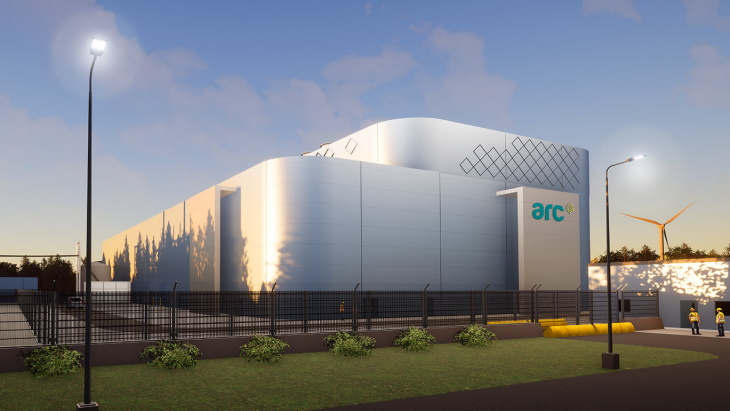The basic outcome is that newer power plants perform more efficiently, and older ones don’t.
For instance, natural gas has become the dominant resource in the U.S. electricity generation mix, accounting for about 35 percent of capacity. In 2019, natural gas plants consumed about 11.9 quadrillion British thermal units (quads) to convert 45 percent (or 5.4 quads) into net electricity generation, the EIA shows. By comparison, coal-fired plants needed 10.2 quads to convert 3.3 quads (only 32 percent) into net generation.
In other words, generating one kWh of electricity from coal takes about one-third more energy than from natural gas, according to the EIA. A big reason behind that is that more new gas-fired power plants have been built in recent years, while most coal-fired plants were built prior to 1990.
The EIA press release does not report on nuclear much in detail, but the data chart shows that it consumed about 8.5 quads last year to produce nearly three quads. It would indicate an efficiency rate of close to 33-35 percent, similar to coal. Only one new nuclear power plant has been constructed and commissioned into commercial operation in the past two decades.
Fossil fuel consumption by the electric power sector is declining to 1990s levels as utilities seek carbon reduction plans involving a scale-up of renewable energies such as wind and solar. Many power turbine manufacturers are also exploring the introduction of carbon-free hydrogen into the fuel mix, although it presents production, technical and transportation challenges.
Renewable energy resources combined consumed about 6.6 quads of energy last year to produce approximately 2.5 quads, showing a 38-percent rate of conversion to electricity, according to the EIA. The comparison is tricky there, however, because of quantifying the resources of sun and wind compared to weighted fuels.
In August 2019, the EIA detailed two approaches to compare noncombustible renewable electricity generation with other sources. The fossil fuel equivalence approach showed that primary energy consumption for electric power generation from noncombustible renewable sources was equal to consuming 5,989 trillion British thermal units (Btu), or 15% of the total energy consumption for utility-scale electricity generation in the previous year.







